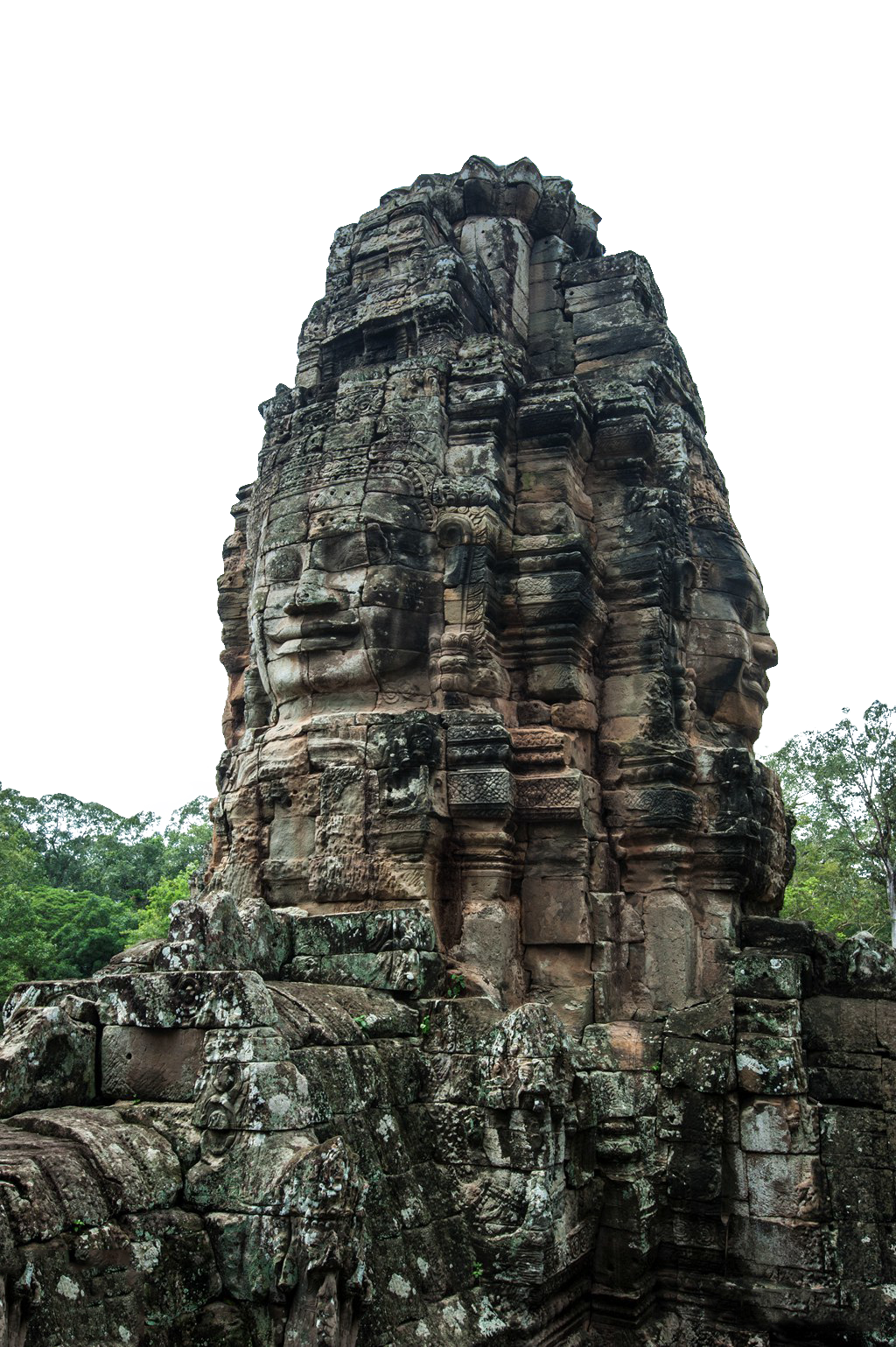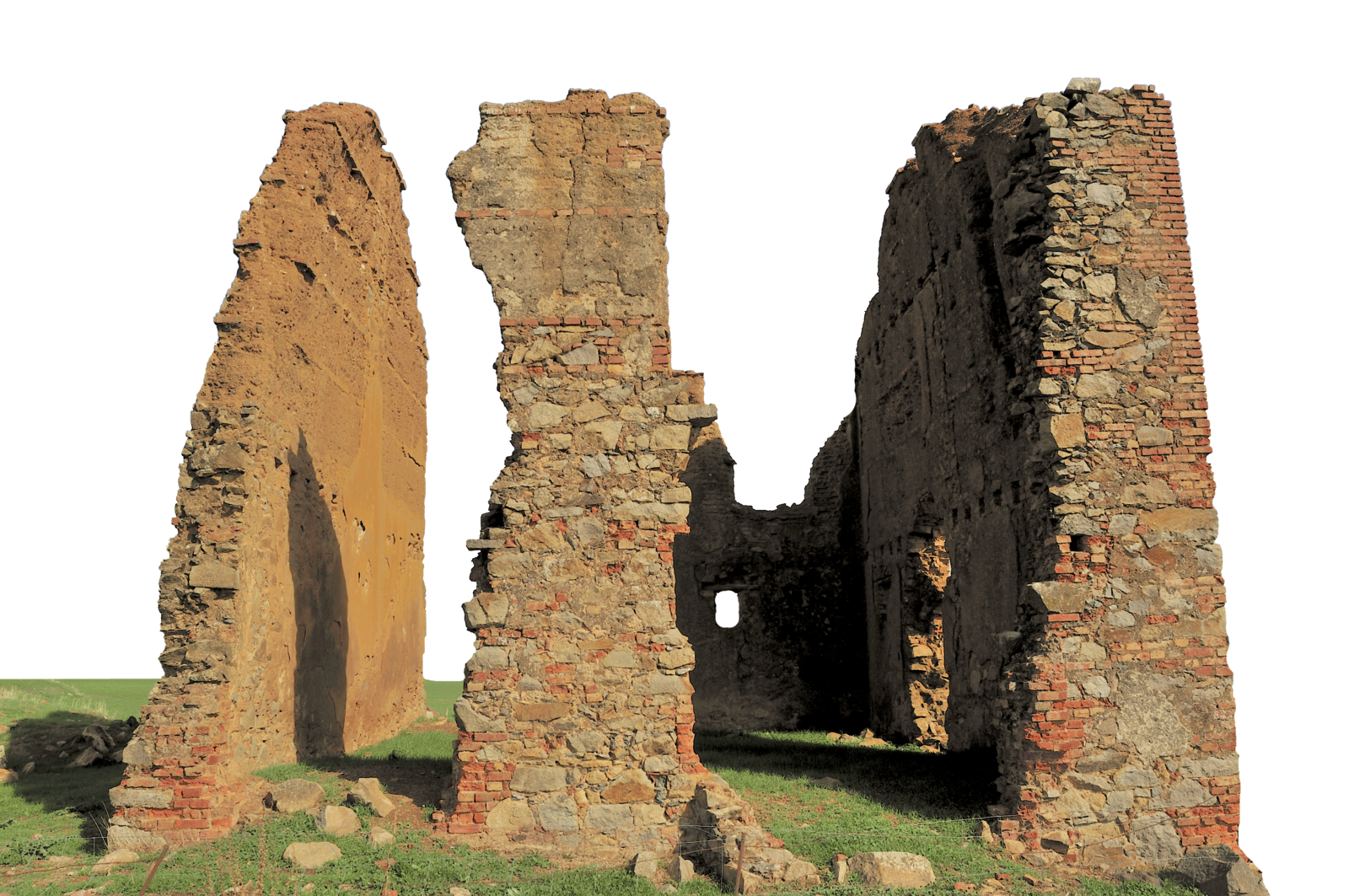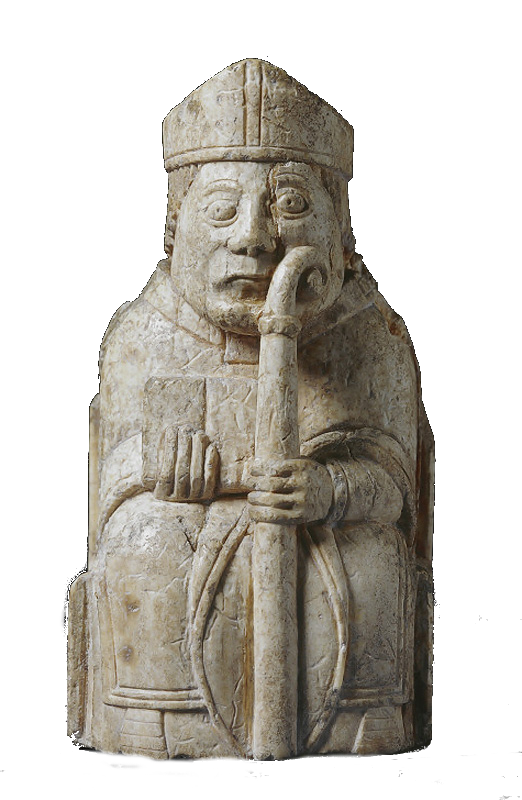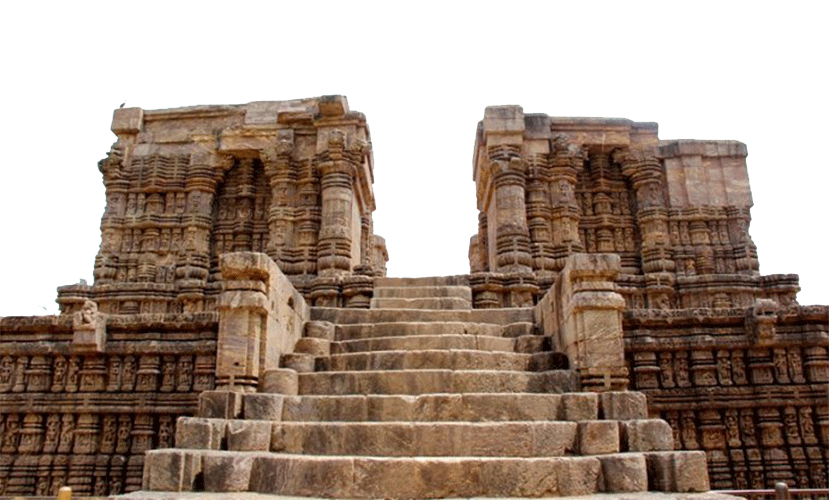Archaeology
Welcome to c/Archaeology @ Mander.xyz!
Shovelbums welcome. 🗿

Notice Board
This is a work in progress, please don't mind the mess.
- 2023-06-15: We are collecting resources for the sidebar!
- 2023-06-13: We are looking for mods. Send a dm to @fossilesque@mander.xyz if interested!
About
Archaeology or archeology[a] is the study of human activity through the recovery and analysis of material culture. The archaeological record consists of artifacts, architecture, biofacts or ecofacts, sites, and cultural landscapes.
Archaeology has various goals, which range from understanding culture history to reconstructing past lifeways to documenting and explaining changes in human societies through time.
The discipline involves surveying, excavation, and eventually analysis of data collected, to learn more about the past. In broad scope, archaeology relies on cross-disciplinary research. Read more...
Rules
- Don't throw mud. Be kind and remember the human.
- Keep it rooted (on topic).
- No spam.
- No pseudoscience/pseudoarchaeology.

Links
Archaeology 101:
Get Involved:
University and Field Work:
- Archaeological Fieldwork Opportunities Bulletin
- University Archaeology (UK)
- Black Trowel Collective Microgrants for Students
Jobs and Career:
Professional Organisations:
- Chartered Institute for Archaeologists (UK)
- BAJR (UK)
- Association for Environmental Archaeology
- Archaeology Scotland
- Historic England
FOSS Tools:
- Diamond Open Access in Archaeology
- Tools for Quantitative Archaeology – in R
- Open Archaeo: A list of open source archaeological tools and software.
- The Open Digital Archaeology Textbook
Datasets:
Fun:
Other Resources:

Similar Communities
Sister Communities
Science and Research
Biology and Life Sciences
- !anthropology@mander.xyz
- !biodiversity@mander.xyz
- !palaeoecology@mander.xyz
- !palaeontology@mander.xyz
Plants & Gardening
Physical Sciences
Humanities and Social Sciences
Memes
Find us on Reddit

view the rest of the comments
This is the best summary I could come up with:
Now scientists have identified the compounds in the balms used to mummify the organs of an ancient Egyptian noblewoman, according to a recent paper published in the journal Scientific Reports, suggesting that the recipes were unusually complex and used ingredients not native to the region.
“'The scent of eternity’ represents more than just the aroma of the mummification process,” said Huber, an archaeologist at the Max Planck Institute of Geoanthropology in Jena, Germany.
As previously reported, Egyptian embalming is thought to have started in the Predynastic Period or even earlier, when people noticed that the arid heat of the sand tended to dry and preserve bodies buried in the desert.
When people began to bury the dead in rock tombs, away from the desiccating sand, they used chemicals like natron salt and plant-based resins for embalming.
In addition to a text called The Ritual of Embalming, Greek historian Herodotus, in his Histories, mentions the use of natron to dehydrate the body.
Science can help fill in the gaps, particularly given the expanding array of methods for conducting biomolecular analysis, including various forms of gas chromatography.
The original article contains 456 words, the summary contains 183 words. Saved 60%. I'm a bot and I'm open source!